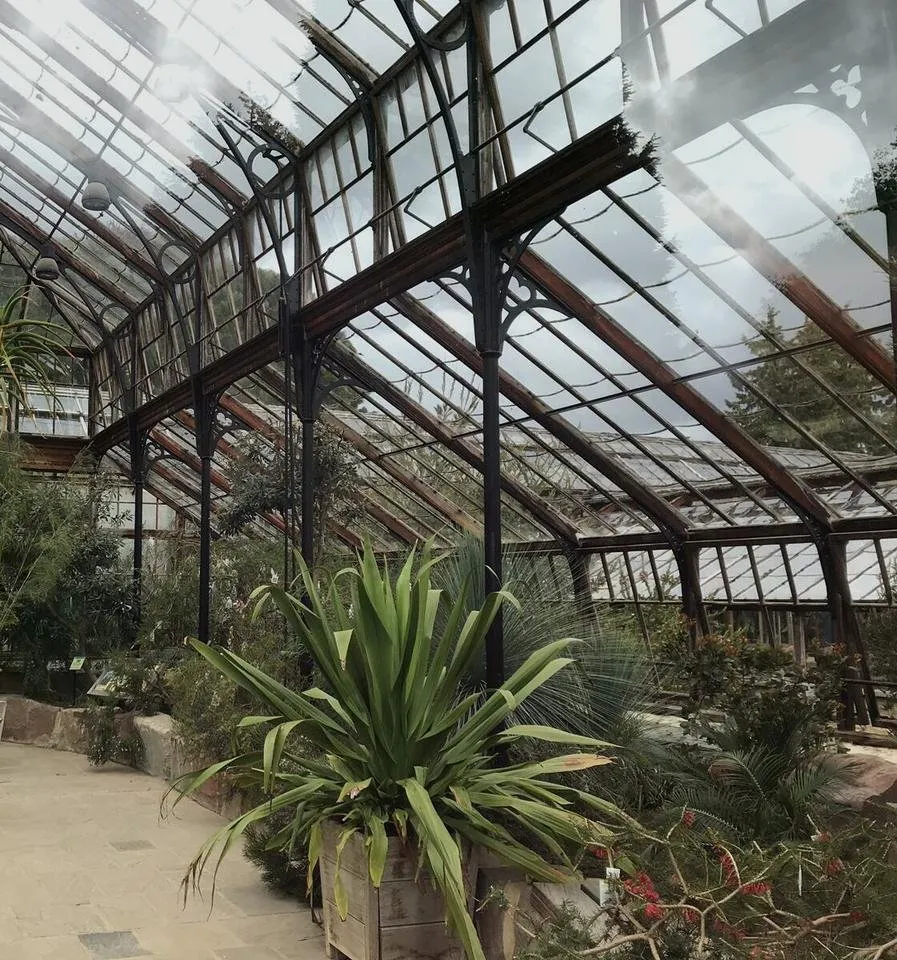Today's post for #treetuesday initiated by @old-guy-photos is rather special as it showcases none other than the direct descendant of Sir Isaac Newton's (1643 - 1727) apple tree.
Sir Isaac Newton's apple tree

These photos were taken by my daughter Natalie who visited Cambridge recently. Thanks Natalie. 😘
The story goes that Newton was in his garden in Lincolnshire and observed that apples from the tree 'fell' to the earth.
What Newton decided was that the apple was being acted on by an invisible force that was 'pulling' on the apple.
This force he called gravity.
Newton wondered why the apple's didn't fly off in different directions. Why did they always fall down to the earth?
Newton concluded that the motion had something to do with the 'mass' of the objects and that larger objects with more mass 'attracted' smaller objects with less mass. Hence the small apple's were being pulled towards the large earth.
The tree pictured here is in the Cambridge University Botanic Garden and was not grown from seed but is a cutting that was taken from Newton's tree.
Cambridge University Botanic Garden

So it is a direct descendant of the original tree.
Newton's influence on science is incalculable as we still use many of his ideas today to explain the world around us and the gravitational motions of the universe.
Imagine what the world would be like without the specific gravity that it has?
Imagine if we had the same gravity as the Moon?
Source molometer's YouTube channel
We would be floating around in a very different place. Plants would grow into peculiar forms and what would we look like?
